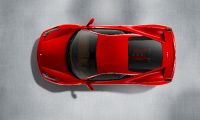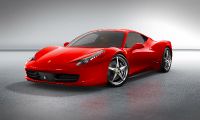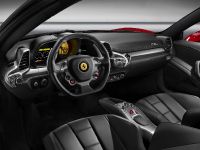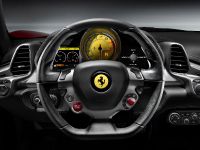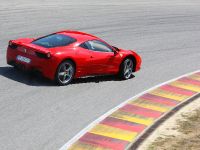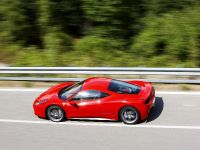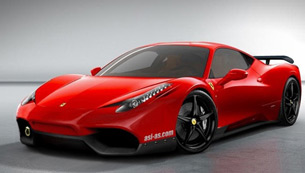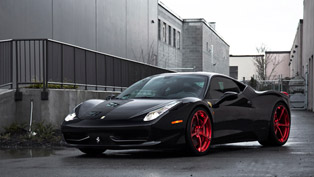Ferrari unveiled the 458 Italia’s interior
Today, Ferrari brand unveiled the first photographs of the exslusive 458 Italia's interior along with few more detail photos. The official Ferrari 458 Italia debut will be held on the 15th of september during the Frankfurt Motor Show.
From the images we can see that now the main commands are grouped on the steering wheel, the secondary commands are handily set in two satellite pods either side of the dash and there are now comprehensive instrument displays on the panel ahead of the driver. All this new solutions are made in the name of the Safety, enabling the driver to concentrate fully on driving.
We can say that the all-new 458 Italia's cockpit is the most driver-oriented cockpit in the Ferrari model range so far. The right-hand satellite pod on the dash incorporates controls for the infotainment, the Bluetooth connection, sat-nav, digital speedo and rear parking camera. Clustered on the left-hand satellite pod instead are the optional cruise control, buttons for choosing the video setting of the left-hand dash TFT screen and the on-board computer interface. The latter controls the trip computer, the Vehicle Dynamic Assistance and the display of the car's set-up.
The Vehicle Dynamic Assistance monitors the operating parameters of the most important areas of the car – engine/gearbox, tyres and brakes. The VDA is enabled in the following manettino settings – Race, CT off and CST off – and provides visual confirmation of the status of each component based on an algorithm from parameters reading lateral and longitudinal acceleration, revs and speed. This enables the driver to assess the ideal operating conditions for the car. There are three status settings: WARM-UP (operating temperature too low), GO (ideal operating conditions) and OVER (one or more components are no longer at their optimum level and need cooling).

